Clindamycin Oral Solution 20 mL for Cats: Complete Guide to Uses, Dosage, and Safety
When it comes to treating bacterial infections in cats, timely and appropriate antibiotic therapy is crucial. One of the most trusted medications used by veterinarians is Clindamycin, a lincosamide antibiotic available in various forms, including an oral solution. The Clindamycin Oral Solution 20 mL for Cats is widely prescribed for a variety of infections, including skin, dental, and bone-related conditions.
This comprehensive guide delves into what Clindamycin Oral Solution is, its indications, mechanism of action, proper usage, detailed dosage guide, side effects, and veterinary insights based on clinical research.
What is Clindamycin Oral Solution 20 mL for Cats?
Clindamycin is a broad-spectrum lincosamide antibiotic effective against anaerobic bacteria and certain protozoa. In veterinary medicine, it’s primarily used to treat infections in pets that are caused by susceptible bacteria.
The Clindamycin Oral Solution 20 mL variant is a liquid formulation, specifically designed for ease of administration in cats. This palatable liquid ensures better compliance among feline patients who often resist pills.
Mechanism of Action
Clindamycin works by inhibiting bacterial protein synthesis. Without essential proteins, the bacteria can’t grow, reproduce, or survive.
Key Indications of Clindamycin Oral Solution in Cats
1. Skin and Soft Tissue Infections
Clindamycin is effective in treating:
- Abscesses
- Cellulitis
- Wound infections
- Post-surgical bacterial infections
2. Dental Infections
Veterinarians frequently prescribe Clindamycin for:
- Periodontal disease
- Gingivitis
- Tooth root abscesses
- Post-dental surgery infections
3. Bone Infections (Osteomyelitis)
Although less common in cats than in dogs, osteomyelitis may be treated with prolonged Clindamycin therapy due to its excellent bone tissue penetration.
4. Toxoplasmosis (Off-label Use)
In some cases, Clindamycin is used off-label to treat toxoplasmosis in cats, caused by Toxoplasma gondii, a protozoal parasite.
Administering Clindamycin Oral Antibiotic to Cats Safely
Clindamycin Oral Solution 20 mL is administered orally and is typically prescribed for infections such as dental abscesses, skin wounds, and osteomyelitis.
Standard Dosage Guidelines
The usual dosage is 5.5 to 15 mg/kg body weight once every 24 hours, or as divided doses every 12 hours, depending on the infection and veterinarian’s judgment.
| Cat’s Body Weight | Dosage (10 mg/kg) | Approximate Volume (at 25 mg/mL) | Frequency |
| 2 kg | 20 mg | 0.8 mL | Once or twice daily |
| 3 kg | 30 mg | 1.2 mL | Once or twice daily |
| 4 kg | 40 mg | 1.6 mL | Once or twice daily |
| 5 kg | 50 mg | 2.0 mL | Once or twice daily |
| 6 kg | 60 mg | 2.4 mL | Once or twice daily |
Duration of Treatment
- Typical infections: 7–10 days
- Osteomyelitis or bone infections: Up to 28 days
- Toxoplasmosis (off-label use): 2–4 weeks
How to Administer
- Shake the bottle well before each use.
- Use a measured syringe or dropper to ensure accurate dosing.
- Do not force—administer gently to avoid aspiration.
With or Without Food?
Clindamycin may be given with or without food. If your cat experiences vomiting or GI upset, try administering it after a small meal.
Clindamycin Oral Solution 20 mL for Cats: Warnings, Risks, and Possible Side Effects
Safety Profile
Clindamycin is generally considered safe for short-term use in cats when administered under veterinary supervision. Its liquid form allows for accurate dosing, especially in small or finicky cats. The antibiotic demonstrates high tissue penetration and effectiveness, particularly for anaerobic bacterial infections.
However, like all antibiotics, it must be used responsibly to minimize risks of side effects, resistance, or adverse drug interactions.
Contraindications
- Cats with Liver or Kidney Disease
As clindamycin is metabolized by the liver and excreted by the kidneys, cats with hepatic or renal impairment should be prescribed this medication only with extreme caution and close monitoring. - Pregnant or Nursing Cats
Although data in cats is limited, Clindamycin may cross the placenta and be excreted in milk. It should be used in pregnant or lactating queens only if clearly needed, under strict veterinary supervision. - Concurrent Use with Certain Medications
Avoid using clindamycin with:- Chloramphenicol
- Erythromycin
- Neuromuscular blocking agents
Precautions
To ensure safe use of Clindamycin Oral Solution in cats, observe the following precautions:
- Accurate Dosing
Avoid under- or overdosing. - Full Treatment Course
Even if symptoms improve early, complete the full prescribed duration to avoid antibiotic resistance or recurrence. - Monitoring During Long-Term Use
For prolonged courses (e.g., in osteomyelitis), your vet may recommend periodic bloodwork to assess liver and kidney function. - Hydration and Nutrition
Encourage your cat to stay well-hydrated and eat normally to reduce gastrointestinal stress from the medication.
Known Side Effects
Common side effects may include:
- Vomiting
- Diarrhea
- Drooling
- Loss of appetite
These are usually mild and temporary.
Serious (rare) side effects can include:
- Bloody diarrhea
- Jaundice
- Allergic reactions (swelling, hives, difficulty breathing)
- Severe lethargy
Long-Term Safety Considerations
- Antibiotic Resistance: Misuse or overuse can contribute to resistant bacteria, making future infections harder to treat.
- Superinfections: Killing off beneficial bacteria may allow fungal or non-susceptible bacterial overgrowth in the GI tract or elsewhere.
Scientific Evidence and Veterinary Studies on Clindamycin Oral Solution 20 mL for Cats
The following section explores clinical studies and veterinary literature that support the safe and effective use of Clindamycin Oral Solution in feline patients.
1. Use in Feline Dental Infections
A 2014 veterinary dental study published in the Journal of Veterinary Dentistry assessed the efficacy of Clindamycin in cats with periodontal disease.
- Outcome:
- 71% had complete resolution of pus or drainage
- Minimal side effects were reported, with only 2 cases of transient diarrhea
Conclusion: Clindamycin was highly effective in reducing infection and inflammation in feline dental disease, with good tolerability.
2. Osteomyelitis and Bone Infections
A multi-center trial led by veterinary surgeons from the UK and Germany explored long-term Clindamycin use for osteomyelitis (bone infection) in cats and dogs.
- Dosage: 11 mg/kg twice daily for 28 days
- Observation:
- Cats tolerated prolonged therapy well
- Radiographs showed reduced bone lesions in 60% of cats after 4 weeks
- Recurrence rate was less than 10% at 6-month follow-up
Conclusion: Clindamycin’s excellent bone tissue penetration makes it a strong candidate for managing chronic bone infections in cats.
3. Clindamycin for Toxoplasmosis (Off-Label Use)
A 2009 study in the Journal of Feline Medicine and Surgery investigated Clindamycin’s use in 12 cats diagnosed with clinical toxoplasmosis.
- Dosage: 25 mg/kg twice daily for 14 days
- Results:
- 10 out of 12 cats showed marked improvement in neurological and respiratory symptoms
- PCR testing showed significant reduction in gondii DNA in blood samples
- One cat experienced vomiting; treatment continued with food to prevent GI upset
4. Safety and Tolerability Studies
A safety-focused trial published in Veterinary Therapeutics evaluated 60 cats over a 10-day course of Clindamycin Oral Solution at varying doses (5–15 mg/kg/day).
- Side Effects Observed:
- Mild diarrhea in 6 cats
- Loss of appetite in 4 cats
- No liver or kidney toxicity was observed on bloodwork
- Conclusion: Clindamycin has a low side-effect profile, especially when administered at appropriate doses with food.
5. Pharmacokinetic Study
A 2001 study conducted at the University of Glasgow Veterinary School examined how Clindamycin is absorbed and distributed in cats.
- Findings:
- Oral absorption was rapid, with peak blood levels reached in ~1 hour
- Detected in high concentrations in bone, gingival fluid, and abscess tissue
- Elimination half-life: ~3 hours
Clinical Relevance: These pharmacokinetics support the once- or twice-daily dosing schedule and explain Clindamycin’s success in treating deep tissue infections.
Advantages of Clindamycin Oral Solution Over Tablets
- Easier to administer
- More accurate dosing
- Faster absorption
- Better compliance, especially for cats who hate pills
When to See the Vet Again
Re-evaluation is crucial if:
- Severe side effects occur
- You suspect incorrect dosing or missed doses
Routine follow-ups ensure that the infection is resolving completely and to adjust the course length if needed.
Conclusion
Clindamycin Oral Solution 20 mL for cats stands out as a reliable and effective treatment option for a variety of bacterial infections, particularly those affecting the skin, mouth, bones, and internal organs. Its liquid formulation makes it especially suitable for cats, offering easier administration and improved compliance compared to tablet forms. When used correctly and under veterinary supervision, Clindamycin delivers fast-acting relief and promotes full recovery from infections like gingivitis, abscesses, osteomyelitis, and even protozoal conditions such as toxoplasmosis. Pet owners should strictly adhere to dosage instructions, monitor for side effects, and complete the full course to avoid resistance or relapse.







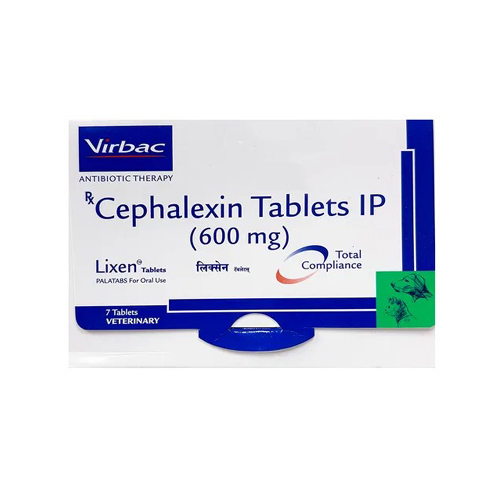
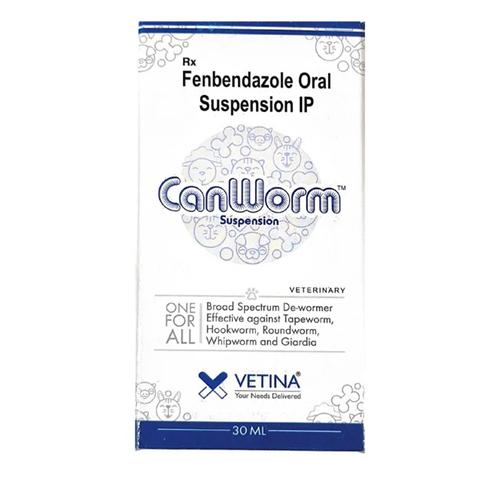



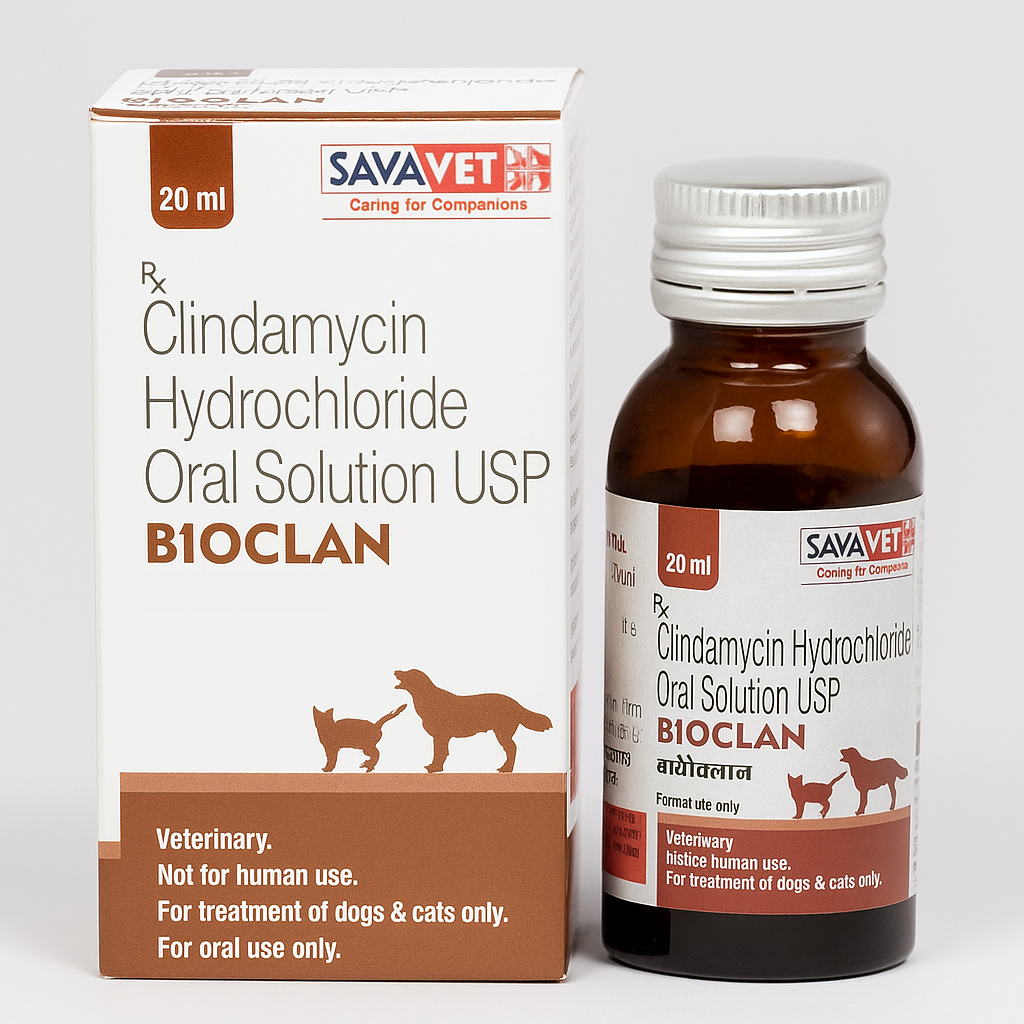
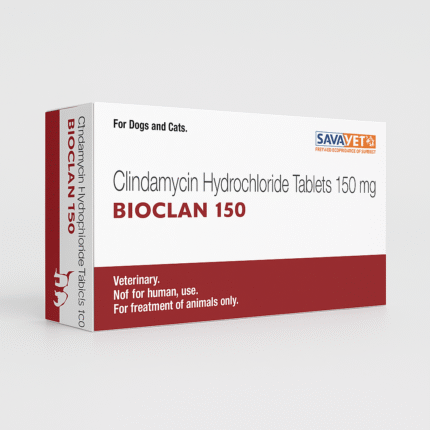
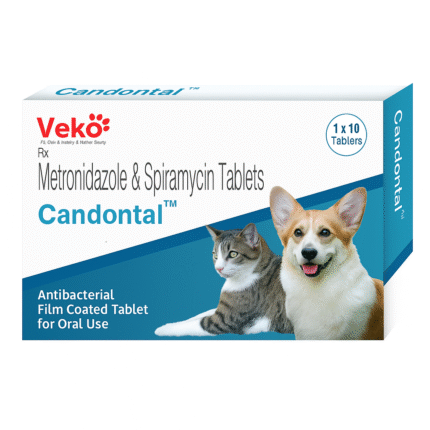


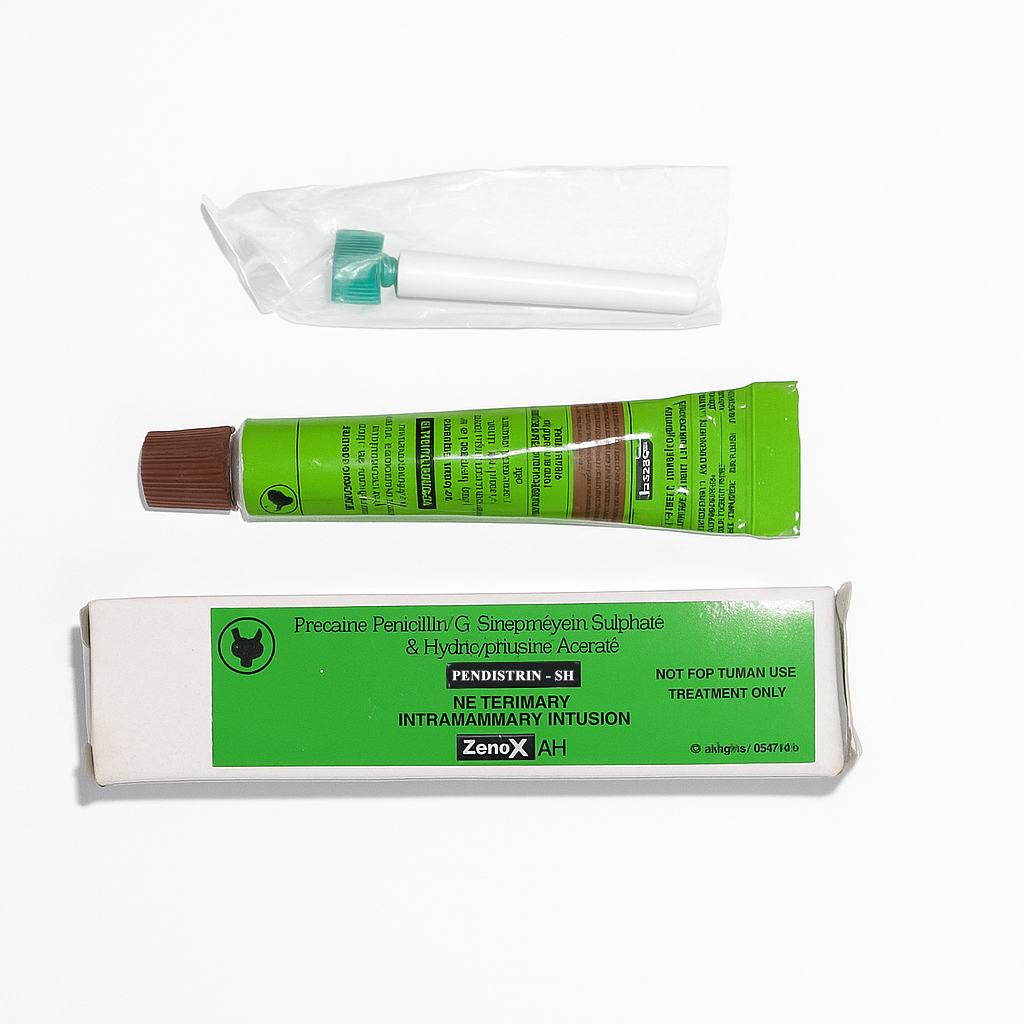
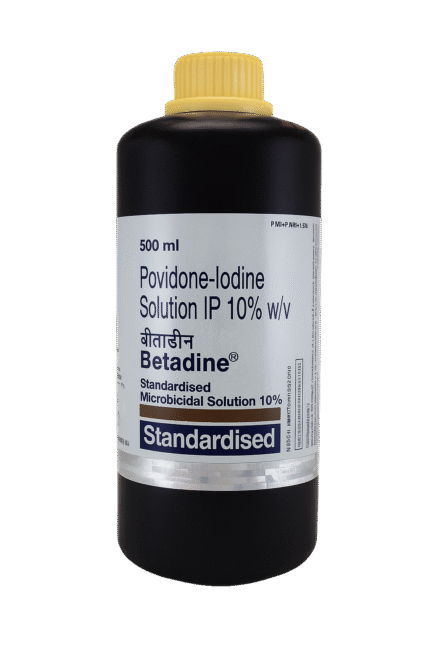
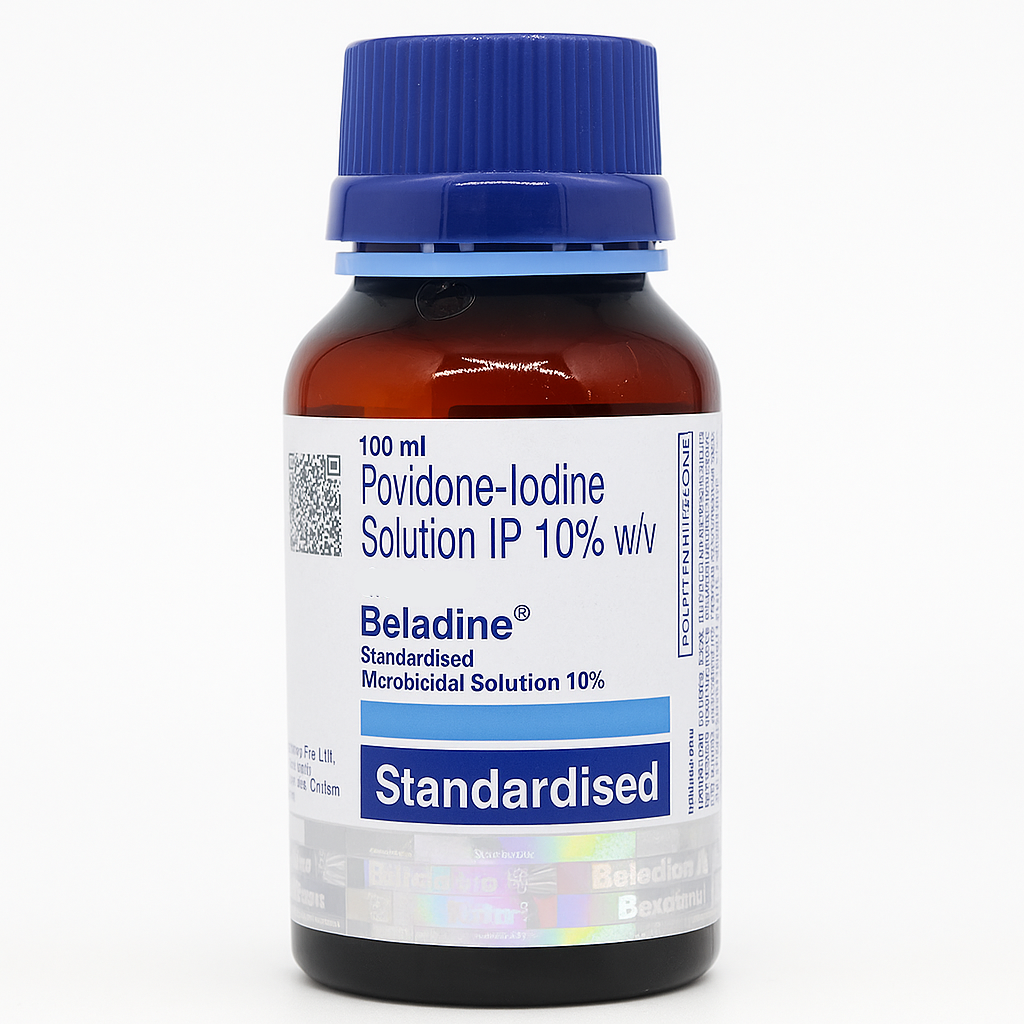

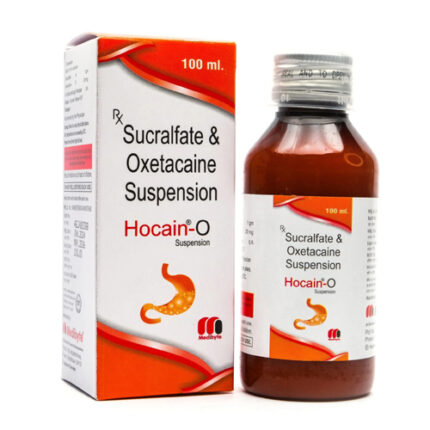
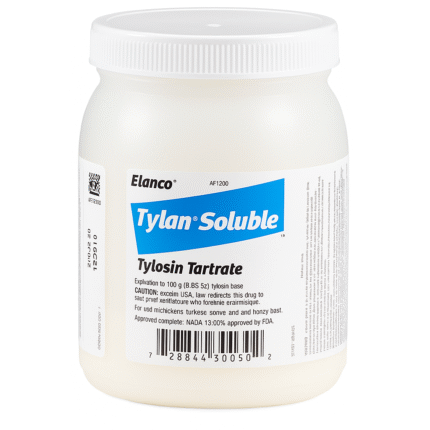
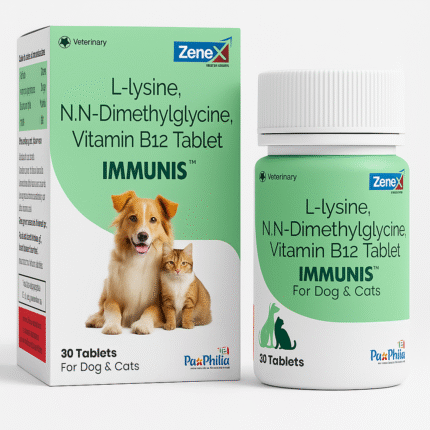
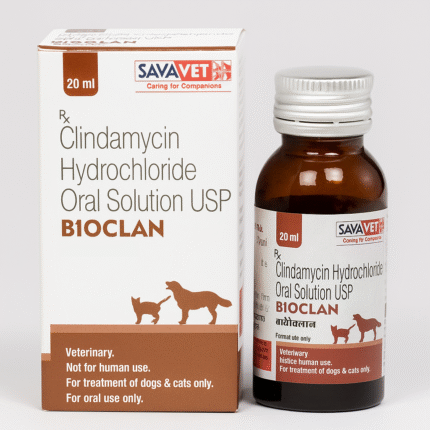
Reviews
There are no reviews yet.